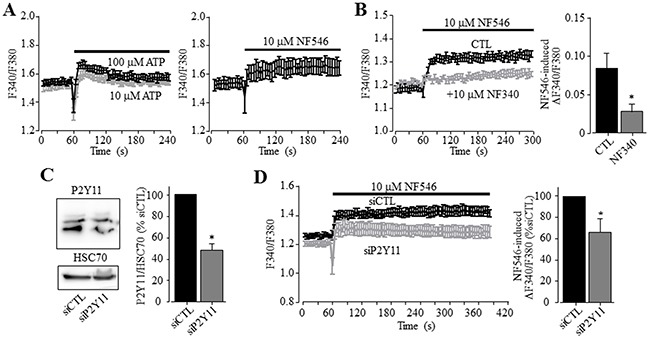Figure 4. A role of the P2Y11 receptor in ATP-induced increase in the [Ca2+]i in HepG2 cells.

(A) Representative recordings of Ca2+ responses induced by 10 μM (grey) and 100 μM ATP (black) (left panel) and 10 uM NF546 (right panel) in the extracellular Ca2+-containing solution with 4 wells of cells for each case. (B) Left, representative recordings of the Ca2+ responses induced by 10 μM NF546 in control cells or cells pre-treated with 10 μM NF340, with 4 wells of cells for each case. Right, summary of NF546-induced peak increase in the [Ca2+]i in control or NF340-treated cells, from three independent experiments. (C) Left, representative western blot showing P2Y11 receptor expression in cells transfected with control and P2Y11-specific siRNA (siCTL and siP2Y11). Right, summary of the mean P2Y11 protein expression, normalized to HSC70 protein and presented as % of the value in cells transfected with siCTL, from 8 independent experiments. (D) Left, representative recordings of Ca2+ responses induced by 10 μM NF546 in cells transfected with indicate siRNA, with 4 wells of cells for each case. Right, summary of ATP-induced peak increase in the [Ca2+]i in cells transfected with siCTL and siP2Y11, expressed as % of that in cells transfected with siCTL, from three independent experiments. *, p < 0.05.
